Navarre's Kingdom
Navarra's unique location merges three different climates, the Atlantic, continental, and the Mediterranean. Its heterogeneous landscape provides beautiful wild forests near the Pyrenees along with the magnificent and famous Bardenas Dessert.
Discover
D.O. Navarra


Five Different
DO Zones
Navarra is a unique region gifted by diverse landscapes that are well-known in Spain and Europe. It has one of the highest living standards in the world.
Tierra Estella
Baja Montaña
Ribera Baja
Ribera Alta
Valdizarbe
Tierra Estella
Location
Set on the western strip of Navarre, along the Way of St James, bordering the Basque Country and La Rioja. Main town: Estella.
Landscape
Crossed by the river Ega and bounded by the Sierra of Urbasa, the pronounced relief in the north gradually smooths out to the south where the vineyards are intermingled with olive and cereal plantations.
Surface area
1.800 hectares.
Main varieties grown
For red wine varieties, of particular note is the Tempranillo (almost 50% of the total), followed by Cabernet Sauvignon (20%) and, for the whites, the Chardonnay is the most prominent variety.
Soils
The zone comprises a mixture of soils, depending on relief and rock type. On the slopes of the diapirs of Estella and Lorca, the deep, heavy clay soils lie on multi-colored marls formed during the Triassic period. On the remaining markedly undulating slopes, the soil thickness and stoniness varies, with fine or silty loam textures on alternate marl and sand layers of the continental tertiary conglomerate, some with a significant red colour. Finally, on the alluvial valley floors and on the remains of the terraces of the rivers Ega, Iranzu and Odrón, and the glacis of Montejurra, the vineyards are sited on flat, or almost flat, land with excellent drainage, deep loamy soils which frequently have abundant gravel.
Climate
With regard to the climate, Tierra Estella is located between the sub-humid zone in the north and the exceedingly dry zone to the south, with some mean annual precipitation variations of between 454 to 700 mm. The Urbasa and Andia Sierras to the north filter the influence of the Atlantic ocean, with the vineyards preferably located in the sunniest spots. In consonance with the differences in altitude and orientation, the vineyard favorable vegetation periods range between 206 days in Estella to 224 in Alloz.
Baja Montaña
Location
In the east of Navarre, bordering with Aragon. Main town: Sangüesa.
Landscape
A zone marked by a pronounced relief, with abundant low wood vegetation. The few areas of cultivable land are dominated by vineyards.
Surface area
1.520 hectares.
Main varieties grown
Practically only red wine varieties, principally Garnacha (more than 60%) and Tempranillo (25%)
Soils
The zone comprises a mixture of soils, depending on relief and rock type. On the northernmost slopes, the soils are of a varying depth, free from stones, and heavily textured on the grey marls of the marine Eocene period in the Lumbier basin. On the remaining slopes, the soil thickness and stoniness vary, with fine or silty loam textures on alternate marl and sand layers of the continental tertiary of the Ebro valley. Finally, there is the flat land on the valley floors and on the remains of the alluvial terraces of the Irati and Aragon rivers, land which is frequently characterized by abundant round gravel providing deep, loamy soils and excellent drainage for the vineyards.
Climate
This zone is located between the sub-humid zone to the north and the high, dry zone to the south with mean annual precipitation variations ranging from 470 to 760 mm. As a result of the differences in altitude, the favourable vegetation periods for the vineyards range between 205 days in Lerga and 234 in San Martín de Unx. This zone is the one most influenced by the Pyrenees.
Municipal districts and councils
Aibar, Cáseda, Eslava, Ezprogui, Gallipienzo, Javier, Leache, Lerga, Liédena, Lumbier, Sada, Sangüesa, San Martín de Unx, Ujué and the Councils of Arboniés and Domeño in the Romanzado Valley and the Councils of Rípodas, San Vicente and Tabar in the Urraul Bajo Valley.
Ribera Baja
Location
Set in the south of Navarre, in the Ebro valley between Aragón and La Rioja. Main town: Tudela.
Landscape
Great plain, very flat with little vegetation, dominated by the imposing presence of the Sierra del Moncayo. There is much market gardening in the most fertile areas.
Surface area
3.350 hectares.
Main varieties grown
Amongst the red wine varieties, the Tempranillo is the dominant grape (40%) followed by the Garnacha (30%). As far as the whites are concerned, the zone boasts the largest concentration of Viura and Moscatel in the region.
Soils
Many of the vineyards are on soils located on different levels of quaternary terraces and glacis formed by the river Ebro and its tributaries on the right bank. Most of the sediments come from the Iberian system. This is flat land with deep, loamy soils which are often stony. At a shallow depth beneath the surface, limestone crusts are frequent on the higher terraces, such as the Montes de Cierzo. In the southern most part, on the gentle slopes of the zone dominated by the Moncayo, the soils are of varying thickness and stoniness, with fine or silty loam textures on alternate marl and sand layers of the continental tertiary conglomerate of the Ebro valley.
Climate
This is quite a homogeneous zone as far as climatic conditions are concerned and is right in the semi-arid zone. Considering the thermal regime and the mean annual precipitations of between 361 and 384 mm, the vineyard water deficit is considered to be more than 300 mm per annum. The most favorable vegetation periods for the vineyard, and the longest in the D.O. Navarre, range from 227 days in Fitero to 255 in Tudela, and all the grape growing bioclimatic indexes achieve their highest values in this zone.
Ribera Alta
Location
Situated in the middle belt of Navarre, in the transitional area towards the southern region, with an important wine growing centre around Olite. Main town: Tafalla.
Landscape
Zone with a gentle relief to the north and around the river Ega, and which gradually flattens out towards the south, where the grapevines grow alongside cereal plantations.
Surface area
4.125 hectares.
Main varieties grown
The Tempranillo is predominant, with a wide range of other red wine varieties too, notably the Graciano. As for whites, this zone is noted for having the highest percentage of Chardonnay in the region and a certain amount of Moscatel.
Soils
The zone comprises a mixture of soils, depending on relief and rock type. On most of the slopes, the soil thickness and stoniness varies, with fine or silty loam textures on alternate marl and sand layers of the continental tertiary, except in some areas of Cárcar, Sesma, Lerín or Falces, where the vineyards are on shallow soils with a loam - clay texture and a marked gypsum content, precisely on alternate layers of marls and gypsum. As in other zones, the vineyards are on deep soils associated with the different quaternary alluvial terrace levels of the rivers Ega, Arga, Cidacos and Aragón, frequently with loamy and stony textures which provide excellent drainage. On the highest terraces, such as Monplanet in Olite or the Saso of Santacara, there are frequent limestone crusts at a very shallow depth.
Climate
With regard to the climate, this is a transitional zone located between the upper dry zone and the semi-arid one, in which the climatic transitions are very gradual, as its relief is somewhat flat. Far from the influences of the ocean and Pyrenees, this is a hotter zone than the more northern ones. It has mean annual precipitation of between 507 mm and 349 mm and the annual water deficit for the vineyard is around 200 - 300 mm. The most favourable vegetation periods for the vineyards vary between 234 days in Olite and 259 in Mélida.
Valdizarbe
Location
In central Navarre, to the south of the Pamplona basin, constituting the nerve center of the Way of St James through Navarre, where the route from Baja Navarre merges with that from Aragon. Main town: Puente La Reina.
Landscape
Bordered on the west by the spurs of the Sierra de Andía and, to the north, by the Sierra del Perdón, most of the Valdizarbe zone runs alongside the river Arga, forming a zone of gentle hills and valleys.
Surface area
920 hectares.
Main varieties grown
Amongst the reds, Tempranillo, Garnacha, Cabernet and Merlot all have similar surface areas, whilst there is also some Chardonnay and Malvasía.
Soils
The situation is similar to the Baja Montaña zone, with a mixture of soils, depending on relief and rock type. In the northern most area the soils are of a varying depth, free from stones, and heavy textured on the grey marls of the marine Eocene period in the basin of Pamplona. On the remaining slopes, the soils are based on alternate marl and sand layers of the continental tertiary, with varying thicknesses and stoniness, with fine or silty loam textures, some with a highly characteristic reddish colour. As in the above mentioned zones, there are also vineyards on the alluvial valley floors and on the remains of the Arga and Salado river terraces and the Sierra del Perdón glacis, on practically flat land with no drainage problems, with deep loamy, frequently stony soils.
Climate
With regard to the climate, this zone forms the northern boundary for vineyards in Navarre and is the most humid one. Here, like Tierra Estella, the northern Sierras limit the influence of the Atlantic and the vineyards tend to occupy the sunniest spots. Located between the sub-humid zone in the north and the exceedingly dry zone to the south, the zone has some mean annual precipitation variations of between 544 to 807 mm. The most favourable vegetation periods for the vineyards range between 203 days in Otazu to 227 days in Puente la Reina.
Authorized Grape Varieties
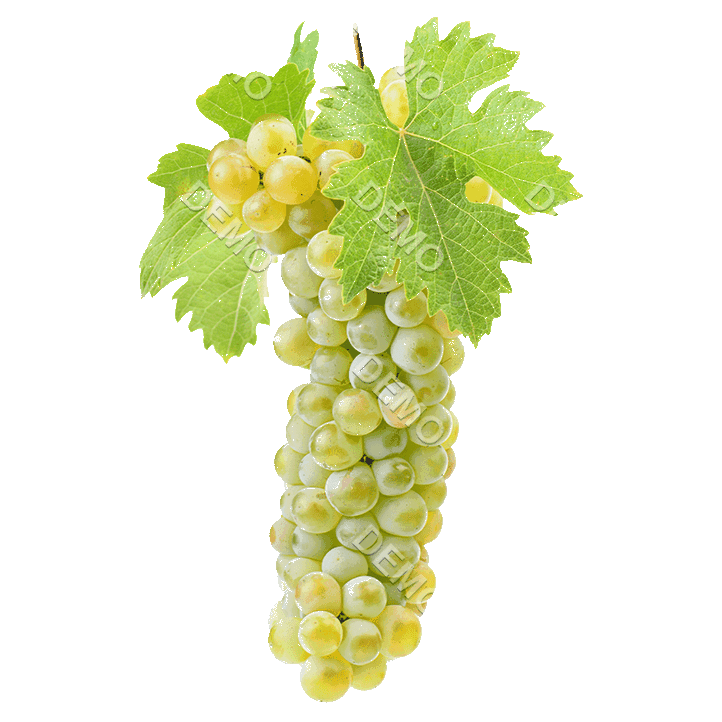
Chardonnay
A white grape variety originating in the Burgundy region of France, and the most international of the white grape varieties. It is cultivated in wine-producing countries throughout the world due to its high quality and easy adaptability to different conditions.

Garnacha Blanca
AutóctonaAutochthonous white variety, originating in Aragon, present in some Spanish Mediterranean regions and in the South of France. In Navarre it is barely present although, in the last few years, some vineyards have been planted. It is best grown in the warmer areas.
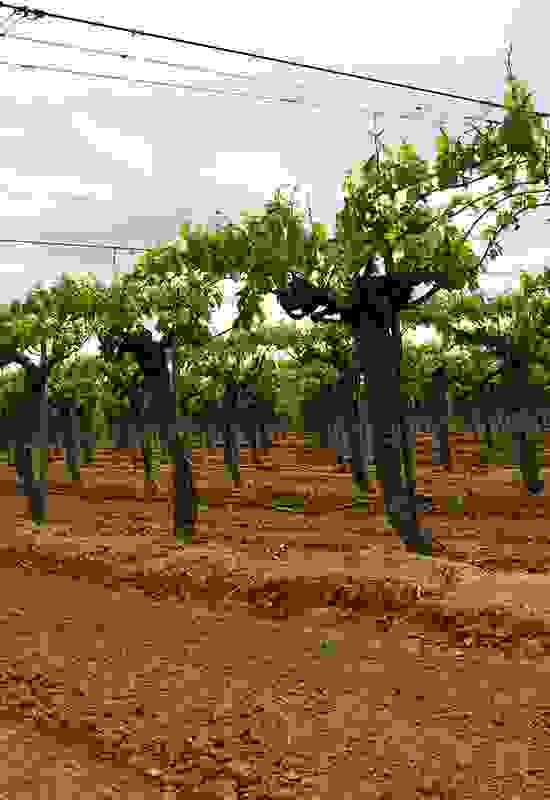
Malvasía
SpainThe Malvasia is a variety with a long tradition in Spain, and in Navarre and La Rioja in particular, although it should not be confused with the Malvasía of the Canary Islands which is also a long-standing variety, but with some very different characteristics.
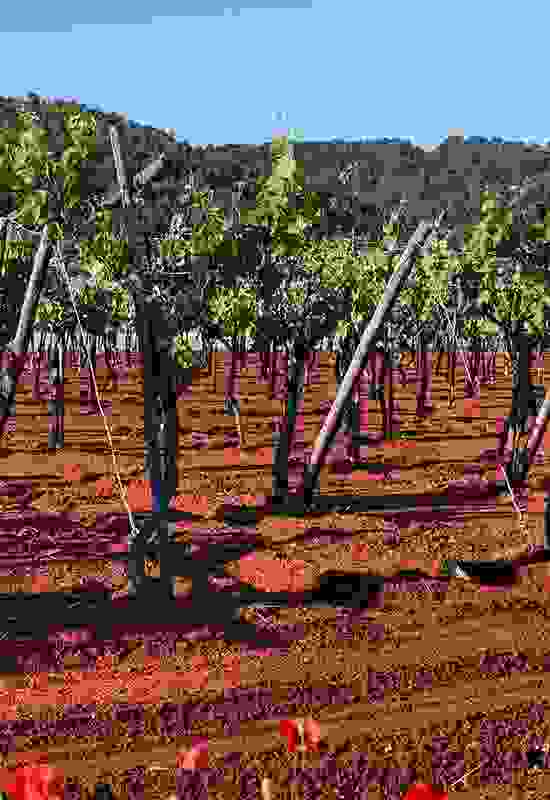
Muscat à petits grains
Ancient Origins(Muscat à petits grains). A white variety of ancient origin, probably coming from the Near East. Wines were already being made with this grape in the Classical Era.
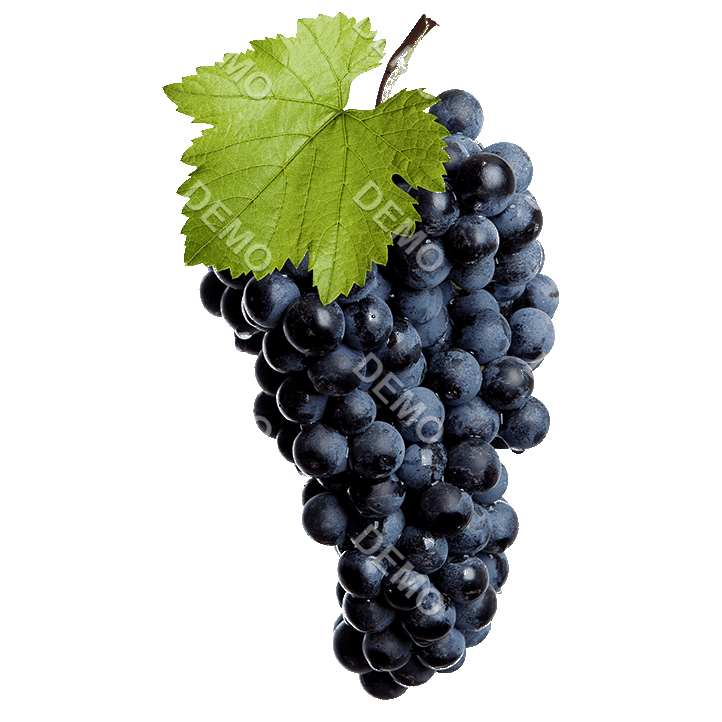
Cabernet-Sauvignon
FranceThis red grape variety of French origin, from the region of Bordeaux, is unquestionably the most international wine-making grape variety and can currently be found in all wine producing countries throughout the world.



Tempranillo
SpainThis red wine variety originated from Spain, probably La Rioja. Tempranillo means “little early one” which refers to the fact that it has an early ripening season.




Pinot Noir
FranceAlthough this red wine variety, originating from the French region of Burgundy (Bourgogne), is present in other countries such as Italy, Switzerland, New Zealand, United States, it is not so internationally widespread as other varieties due to the fact that it is difficult to grow and is particular climate-sensitive.



Garnacha (Red)
SpainA red wine variety of Spanish origin, which was the most widely grown grape in the Iberian Peninsula during the last century. The Garnacha variety is widespread in Spain, where it has a number of synonymies, such as “Garnacho tinto”, “tinto aragonés”, “alicante”, “navarra”, “garnatxa”… and in other countries it is known as “grenache”,”roussillon rouge”, “granaccia”, “uva di Spagne”, “cannonau”…



Graciano
La Rioja and NavarraA red wine variety, originating in La Rioja and Navarre, and which is now generating fresh interest amongst producers of quality wines in the various regions in Spain.




Merlot
FranceA red wine variety originating in France, coming from the Bordeaux region, and Saint Emilion in particular. A faithful companion and complement to Cabernet.



Mazuelo
La Rioja and NavarraThis is also called “Mazuela”, “Cariñena” or “Carignan”. This is a Spanish variety which is considered to originate from the zone of Navarre and La Rioja, whilst being traditionally present in Catalonia and in southeast France. It has also recently been introduced into other countries such as Australia and the United States.


Syrah
Middle EastA red wine variety that is thought to have originated from the Near East, specifically in Iran, although the contemporary version comes from France, principally from the high Rhône area.

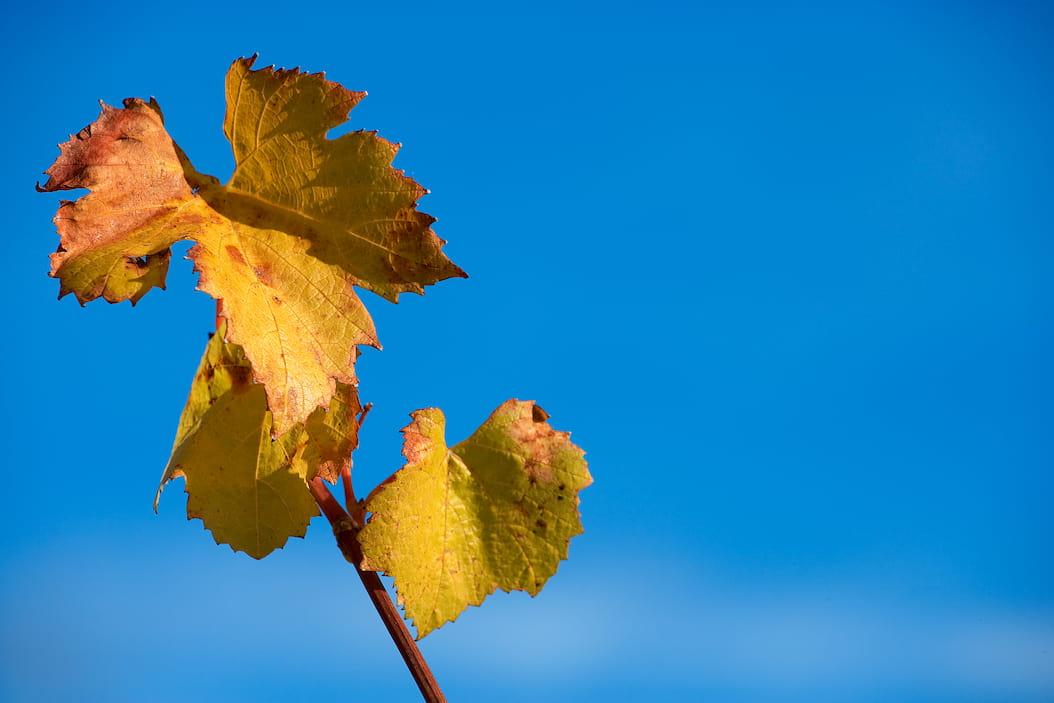

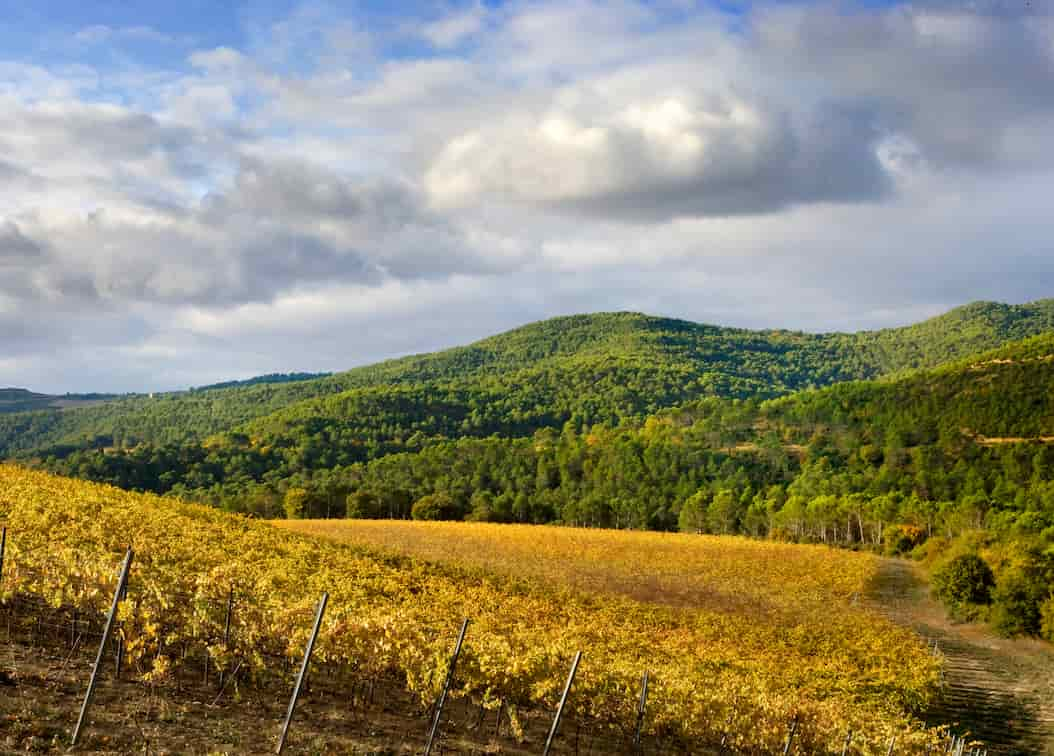



Follow Us